Illumination: LEDs and the evolution of plastics
by all | 28 July 2013 8:30 am
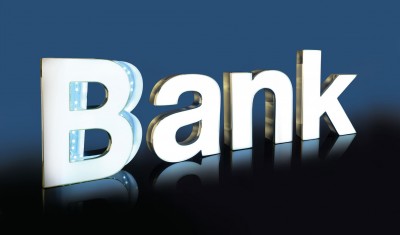 [1]
[1]Photos courtesy Bayer MaterialScience
By Ken Licklider
The evolution of plastics for outdoor signage has followed a complex path. Innovations in the formulation of these materials have been driven by several factors, including a push to use plastic channel letters and sign faces in more diverse physical environments. New forming and fabrication techniques have led to new grades and types of plastics, which in turn have expanded signmakers’ design options.
At the same time, innovations in sign lighting technology have also played a significant role in the development of plastics. Today, light-emitting diodes (LEDs) have become the industry standard for sign illumination, as they offer design versatility and help save energy and costs, but they have posed new challenges for the performance of plastics.
In response, plastic manufacturers have invested in new polymer technologies specifically to optimize the quality of lighting from LEDs. This trend has further supported the long-term growth of plastic sign faces and channel letters for outdoor applications.
 [2]
[2]Before plastic sheet products reached the sign industry, painted metal was the substrate of choice for neon signs.
1940s
The use of plastics was originally driven by wartime applications, leading to spinoff products by the late 1940s for both consumer markets and industrial sectors like signage. Major suppliers of acrylic resins, such as DuPont and Rohm & Haas, entered the sign market with plastic sheet-based products, which quickly replaced painted and/or externally illuminated opaque wooden and metallic sign faces.
Signmakers embraced these plastics for a number of advantages over wood and metal substrates, including lower costs, greater versatility, lower material weight and greater ease of fabrication. The ability to backlight a colourful, translucent sign face with incandescent bulbs installed inside the ‘sign can’ quickly became popular.
Given the fast growth of the sign market at the time, signmakers and sheet manufacturers alike became keenly aware of both the benefits and shortcomings of early plastics. The market acknowledged these advantages and unforeseen limitations as signmakers pushed their suppliers for improvements. Lessons learned from real-world experiences led to successful investments in newer technologies for better performance.
Design and production techniques evolved rapidly. With bright illumination and low material weight, new possibilities emerged for retailers and marketers, including dramatic lighting effects at night. New plastics not only enabled greater design freedom for messaging, but also offered easier installation for overhead signs.
Channel letters improved the identification of retail locations by day and night. And the thermoforming of plastics led to multi-dimensional characters, brands and images beyond lettering.
Another change during this period was in illumination itself. Fluorescent backlighting saw widespread adoption for acrylic signs, offering more uniform light dispersion and longer-lasting bulbs, compared to incandescent illumination.
1950s
Of course, neon already offered bright colours and free-form design possibilities, which helped retailers, marketers, restaurants and other businesses establish their own unique looks. In the early 1950s, acrylics began to displace painted metal as a substrate for neon signs. With their integral colour pigments, they eliminated the paint deterioration that was common to metal faces, particularly in severe climates.
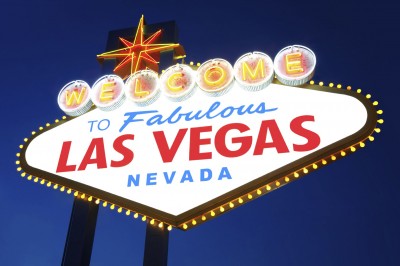 [3]
[3]With the advent of acrylic sheets, translucency enabled neon sign backlighting for brighter messages at night.
Acrylics also offered greater design versatility, production benefits when making multiple signs and easier installation. A variety of translucent colour options allowed the internally backlit materials to achieve strong visual appeal at night with brighter messages. The integral pigments added longevity. That said, severe weather conditions—including high winds and hail—led to breakage, highlighting the shortcomings of acrylic signs in certain locations.
Translucent plastic sign faces worked well with neon. This combination found its way into both flat and thermoformed signs. At the same time, retail, restaurant and hotel chains were expanding, creating a greater need to produce larger numbers of signs sharing the same design, branding and colours. Plastics filled this need because they were easier to formulate and fabricate with consistency.
In addition to this expansion of signage, there were two distinct physical advantages of plastic sheets that furthered the growth of their use: large sheet sizes facilitated the production of larger signs in diverse shapes; and low weight made the installation of these larger signs less expensive than metal signs.
The production of larger sign faces, however, increased the risk of breakage during production, shipping and installation (particularly in cold weather). Also, with regard to breakage, the growing popularity of ground-level illuminated signs for directional and marketing purposes led to an increased risk of damage from vandalism.
Such problems during this phase drove further development of polycarbonates for signs. Resins were quickly adapted for sheet extrusion to help prevent breakage problems for sign faces. The sign industry turned to polycarbonate sheets that had originally been developed as clear, impact-resistant materials for safety glazing in architecture.
1960s and 1970s
While acrylic products continued to proliferate with new colours, sizes and patterns, polycarbonate sheets came into widespread use in the 1960s across North America, as suppliers promoted the materials’ resistance to impacts and breakage. Soon, polycarbonate manufacturers achieved multiple colour options that had been established for acrylics. Suppliers educated signmakers about thermoforming, fabrication and decoration techniques specific to polycarbonates.
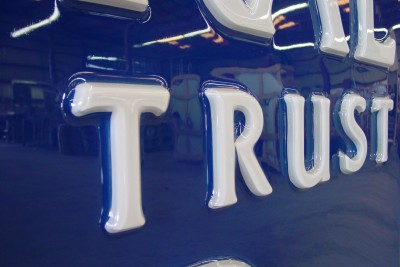 [4]
[4]The integration of co-extruded ultraviolet-resistant (UV-resistant) polymer cap layers into polycarbonates eliminated outdoor weathering issues.
Within a few years, however, the sign industry learned polycarbonate, like acrylic, had its limitations. Especially in environments with intense ultraviolet (UV) light, sign applications revealed polycarbonates would lose their gloss and vibrant colour over time.
To remedy this shortcoming, plastic sheet suppliers developed a film cap layer for polycarbonates that could be applied during the extrusion process. This proved a partial success, but encountered forming issues in deep-draw faces. The film cap also delaminated in certain environments.
A more effective solution to the weathering problem came along when manufacturers developed a co-extruded UV-resistant polymer cap layer. This technology integrated a new layer of UV-absorbing resin into the surface of a polycarbonate sheet, eliminating the earlier issues of delamination during forming or use.
Indeed, this technology remains the standard for polycarbonate sign products today. There have been decades of successful applications using UV-resistant grades of plastic.
1980s and 1990s
Even with co-extruded UV-resistant polymer cap layers, manufacturers continued to improve technology to enhance the weathering life of polycarbonates without sacrificing resistance to impacts and breakage.
Acrylic manufacturers also developed additives to improve the impact strength of their products, though they were not able to attain the same level of breakage resistance as polycarbonates. Resin additives generally meant trade-offs in a material’s original quality, such as lower rigidity, reduced performance or the potential for hazing during thermoforming.
2000s and 2010s
In recent years, LEDs have driven the development of new plastics for backlit faces and channel letters.
The rapid adoption of LEDs as a standard source of sign illumination attests to their benefits, including energy efficiency, lower long-term costs and design versatility, especially in terms of shallower sign cans and channel letters. And growth in LED production volumes has also led to lower upfront product costs.
The directional intensity of LEDs, however, can create ‘hot spots,’ inconsistent bright and dark patterns, shadowing or a ‘skeleton’ effect when sign faces use traditional acrylic and pigmented translucent polycarbonate materials, whether flat or thermoformed.
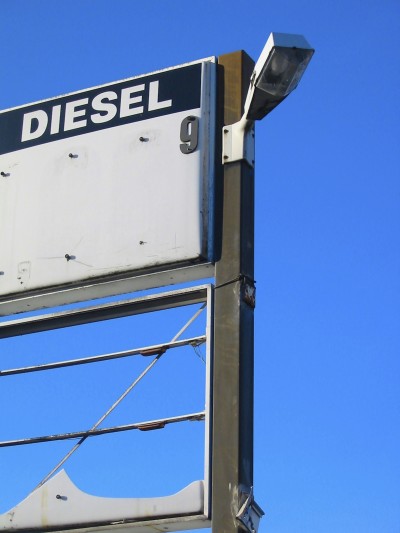 [5]
[5]While acrylic saw rapid adoption in the sign industry, it was prone to breakage in severe weather conditions.
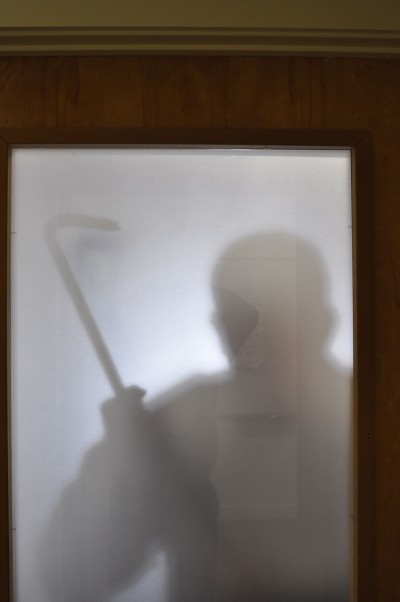 [6]
[6]The sign industry turned to polycarbonate sheets that had originally been developed for safety glazing in architecture.
In response, manufacturers of both polycarbonate- and acrylic-based sign materials have continued to develop new options specifically with LED-lit signage in mind (although also applicable to signs with fluorescent or neon light sources). Sheet manufacturers have worked to diffuse the intense, pinpointed hot spots.
This has involved formulating resins specifically for uniform light diffusion. As such, the resulting sheet is illuminated consistently when viewed from any angle, without requiring a compromise in luminous intensity, resistance to breakage and/or UV resistance. They show minimal peaks in light intensity even when ‘deep-draw’ thermoformed to 50 per cent of their original thickness.
In the past few years, the range of light-diffusing plastics for sign faces has expanded to include all industry-standard colours. Manufacturers continue to work actively with distributors, signmakers and brand marketers to achieve greater levels of design versatility. In this way, plastic sheets will help expand possibilities for new LED applications for sign faces, channel letters and beyond.
Ken Licklider is a market development specialist for Bayer MaterialScience’s Sheffield Plastics polycarbonate sheet business. For more information, visit www.sheffieldplastics.com[7].
- [Image]: http://www.signmedia.ca/wp-content/uploads/2014/01/BANK_letters_hires.jpg
- [Image]: http://www.signmedia.ca/wp-content/uploads/2014/01/Old-neon-Motel.jpg
- [Image]: http://www.signmedia.ca/wp-content/uploads/2014/01/Las-Vegas-Sign.jpg
- [Image]: http://www.signmedia.ca/wp-content/uploads/2014/01/DSC00666.jpg
- [Image]: http://www.signmedia.ca/wp-content/uploads/2014/01/Broken-Sign.jpg
- [Image]: http://www.signmedia.ca/wp-content/uploads/2014/01/DSC_0001.jpg
- www.sheffieldplastics.com: http://www.sheffieldplastics.com
Source URL: https://www.signmedia.ca/leds-and-the-evolution-of-plastics/